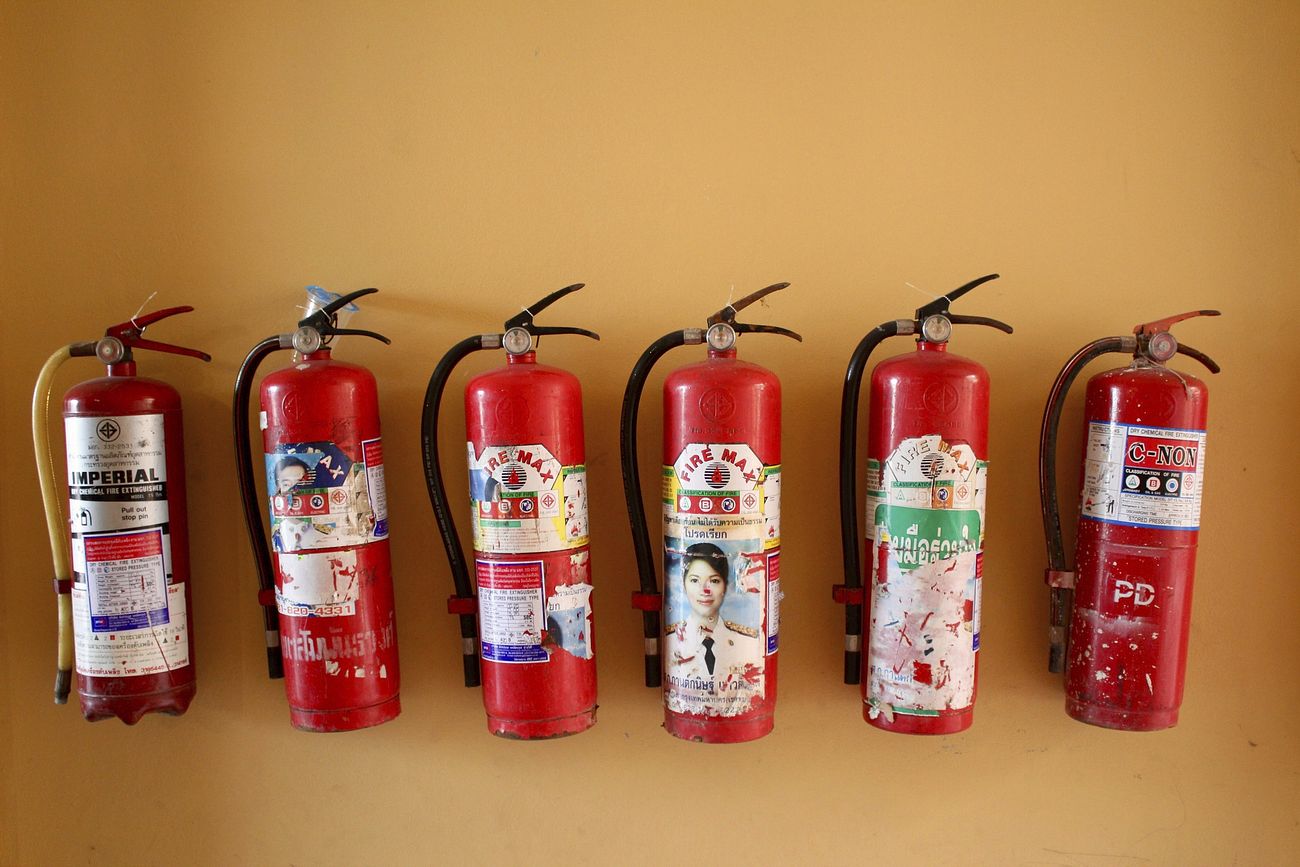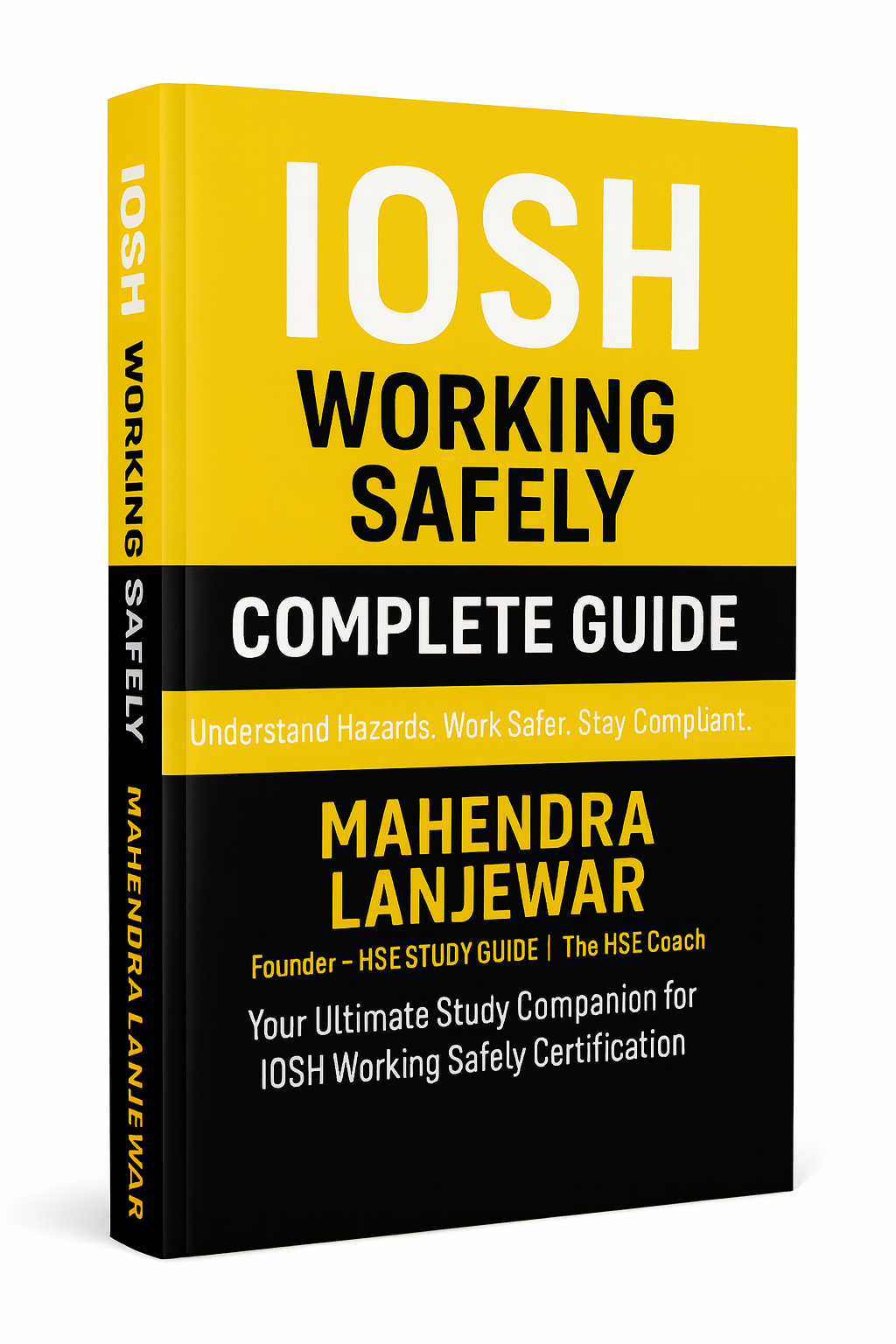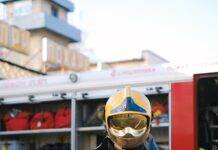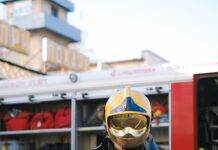
Types of Fire Extinguishers: Protecting Against Different Fire Classes
Introduction:
Fire can be both a friend and a foe, but when it gets out of control, it poses a serious threat to life and property. Fire extinguishers are essential tools that help us combat fires in their early stages, preventing potential disasters. However, not all fires are the same, and using the wrong type of extinguisher can be ineffective or even dangerous. In this article, we will explore the different types of fire extinguishers, their uses, and how to select the right one for various fire classes.
Importance of Fire Extinguishers:
Fire extinguishers are critical safety devices that can save lives and protect property. Having a properly functioning extinguisher nearby can mean the difference between a small, manageable fire and a raging inferno. These devices are designed to suppress fires quickly before they escalate, giving occupants valuable time to evacuate safely and minimizing damage.
Understanding Fire Classes:
Before delving into the types of fire extinguishers, it’s crucial to understand fire classes. Fires are classified based on the type of fuel involved, and there are five primary classes:
Class A: Ordinary Combustibles
Class A fires involve ordinary combustible materials such as wood, paper, cloth, and plastics. These fires are commonly found in homes, offices, and other ordinary settings.
Class B: Flammable Liquids and Gases
Class B fires occur when flammable liquids or gases, such as gasoline, oil, propane, or natural gas, ignite. These fires are prevalent in kitchens, laboratories, and industrial settings.
Class C: Electrical Fires
Class C fires involve electrical equipment, such as appliances, wiring, and circuit breakers, that catch fire. It’s essential to use extinguishers that do not conduct electricity when dealing with these fires.
Class D: Combustible Metals
Class D fires are less common but highly dangerous as they involve combustible metals, including magnesium, titanium, and sodium. These fires are commonly found in laboratories and industrial settings.
Class K: Kitchen Fires
Class K fires occur in commercial kitchens when cooking oils and fats ignite. They are among the most challenging fires to control due to the high temperatures involved.
Types of Fire Extinguishers:
Fire extinguishers are categorized based on the type of fire they are designed to combat. Let’s explore the various types:
Water Fire Extinguishers (Class A):
Water extinguishers are suitable for Class A fires involving ordinary combustibles. They work by cooling the fire and reducing the heat until it can no longer sustain itself. However, they should not be used on flammable liquids or electrical fires.
Foam Fire Extinguishers (Class A and B):
Foam extinguishers are versatile, suitable for both Class A and B fires. They create a barrier that separates the fire from the oxygen, smothering it and preventing re-ignition.
Carbon Dioxide Fire Extinguishers (Class B and C):
Carbon dioxide extinguishers are effective on Class B and C fires. They work by displacing the oxygen around the fire, suffocating it. They leave no residue, making them ideal for sensitive electrical equipment.
Dry Powder Fire Extinguishers (Class A, B, C, and D):
Dry powder extinguishers are suitable for a wide range of fires, including Class A, B, C, and certain Class D fires involving combustible metals. The powder works by interrupting the chemical reaction of the fire.
Wet Chemical Fire Extinguishers (Class K):
Wet chemical extinguishers are designed specifically for Class K fires in commercial kitchens. They react with the hot cooking oils and fats, turning them into a soapy substance that cools the fire and prevents re-ignition.
Clean Agent Fire Extinguishers (Class A, B, and C):
Clean agent extinguishers are ideal for Class A, B, and C fires. They are safe to use on delicate equipment and leave no residue, making them suitable for data centers, laboratories, and server rooms.
Water Mist Fire Extinguishers (Class A, B, C, and K):
Water mist extinguishers are versatile and can handle Class A, B, C, and K fires. The fine mist cools the fire and reduces the heat energy.
Cartridge-Operated Fire Extinguishers:
Cartridge-operated extinguishers are highly effective and come in various types, suitable for different classes of fires. They operate by puncturing a cartridge to release the extinguishing agent.
Stored Pressure Fire Extinguishers:
Stored pressure extinguishers are the most common type and have the extinguishing agent and propellant stored in the same container. They are suitable for various fire classes.
Selecting the Right Fire Extinguisher:
Choosing the right fire extinguisher is crucial for effective fire management. Consider the following factors:
Evaluating the Fire Risk:
Assess the potential fire hazards in the area, such as the presence of flammable liquids, electrical equipment, or cooking appliances.
Matching Fire Classes:
Select extinguishers that are appropriate for the specific fire classes most likely to occur in the environment.
Considering Special Requirements:
Certain environments may require specialized extinguishers, such as those with clean agents for data centers.
Using a Fire Extinguisher Correctly:
Having the right extinguisher is not enough; knowing how to use it properly is equally important. Follow the PASS technique:
- Pull the pin: This unlocks the extinguisher.
- Aim low: Point the extinguisher nozzle at the base of the fire.
- Squeeze the handle: This releases the extinguishing agent.
- Sweep from side to side: Move the extinguisher back and forth, covering the fire’s base until it is fully extinguished.
It’s essential to remember that fire extinguishers have limited capacities. If the fire continues to grow despite your efforts, evacuate immediately and call for professional help.
Maintenance and Inspection of Fire Extinguishers:
Regular maintenance and inspection of fire extinguishers are vital to ensure their reliability when needed. Here are some key points to consider:
- Monthly Inspections: Check that the extinguisher is in its designated place, the pressure gauge shows adequate pressure, and there are no visible signs of damage or leakage.
- Annual Servicing: Have a professional fire protection service inspect and service the extinguisher annually. They will verify its pressure, weight, and overall condition.
- Hydrostatic Testing: Depending on the type of extinguisher, it may require hydrostatic testing every few years to check for pressure retention.
- Recharging: If the extinguisher has been used, even partially, it should be recharged immediately.
Importance of Fire Safety Training:
Having fire extinguishers is one step, but knowing how to use them effectively is another. Fire safety training is crucial for both individuals and employees in commercial settings. Training should cover:
- Identification of Fire Classes: Understanding the different fire classes and the appropriate extinguishers for each.
- Practical Extinguisher Use: Hands-on training in using fire extinguishers safely and effectively.
- Evacuation Procedures: Knowledge of evacuation routes and procedures to follow in case of a large-scale fire.
- Fire Prevention: Education on fire prevention measures to reduce the risk of fires occurring.
Conclusion:
Fire extinguishers are indispensable tools in fire safety and protection. Understanding the different types of fire extinguishers and their uses is essential for selecting the right one for various fire classes. Remember to evaluate fire risks, match extinguishers to specific fire classes, and consider special requirements when choosing extinguishers. Proper maintenance and regular inspection ensure their reliability, and fire safety training equips individuals with the knowledge to respond effectively in emergency situations.
FAQs:
1. Are all fire extinguishers suitable for every type of fire?
No, fire extinguishers are designed to combat specific fire classes. Using the wrong type of extinguisher can be ineffective or even dangerous. It’s crucial to use the appropriate extinguisher for the specific fire class.
2. Can I use a water fire extinguisher on an electrical fire?
No, water extinguishers should not be used on electrical fires as they conduct electricity and can lead to electric shock. For electrical fires, use a carbon dioxide extinguisher or another suitable type.
3. How often should fire extinguishers be inspected?
Fire extinguishers should be inspected monthly by individuals responsible for fire safety in the building. Additionally, they should undergo professional servicing and inspection annually.
4. Can I reuse a fire extinguisher after it has been partially discharged?
Once a fire extinguisher has been used, even partially, it should be recharged immediately to ensure it is ready for use in case of another fire.
5. Why is fire safety training important?
Fire safety training equips individuals with the knowledge and skills to respond effectively in case of a fire emergency. It helps identify fire risks, teaches how to use fire extinguishers correctly, and educates on evacuation procedures, ultimately enhancing overall fire safety.






















Thanks for helping me understand that every fire extinguisher is designed for certain situations, so using the wrong one in certain incidents can be dangerous and ineffective at the same time. I wonder if we would need carbon dioxide fire extinguishers for our home so I will ask professionals or experts that I can find to know if I need to invest in them for the kitchen. And I will also get recommendations on what brand we should buy to ensure that they will actually work when those incidents happen in the future.